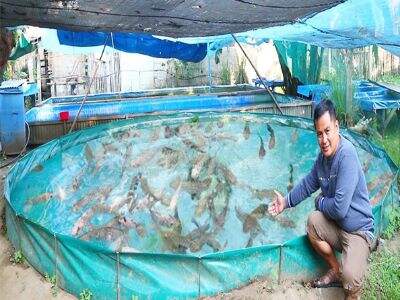The population of the world is expanding and people want more fish. This has caused an increase in fish farming, which is actually a good thing for the health of our oceans.” Here’s a look at how this direction is transforming biofloc fish farming, and what challenges and opportunities we face.
What is Fish Farming?
Fish farming, or aquaculture, means raising fish in ponds, tanks or cages. That has helped create a lot of fish to supply the demand for seafood — while sparing wild fish.
Why is Fish Farming Good?
One of the great things about fish farming is that it is good for the environment. By raising fish in pens, farmers can be certain they are not removing too many fish from rivers and oceans. This is good for the Earth, and it ensures that the next generation will have seafood to enjoy, too.
Challenges in Fish Farming
Fish farming has pros, but cons as well. One big issue is that farms must be environmentally friendly. This includes ensuring waste is managed, pollution is prevented and local wildlife is protected.
Opportunities for Improvement
Despire these problems, there are opportunities for growth and innovation in fish farming. Technologies are being developed for better water quality, to make farming more productive, to use less chemicals. These innovative ideas are helping to make fish farming ponds more friendly to the environment.
Tech and the Fish Farm.
Technology is incredibly important if fish farming is to be sustainable. For instance, some fish farms use specific setups to conserve and purify water, and minimize waste. These systems purify and recycle water, allowing farmers to grow fish more efficiently. Other farms are experimenting with new varieties of fish food made from plants and other sources instead of wild fish.













































